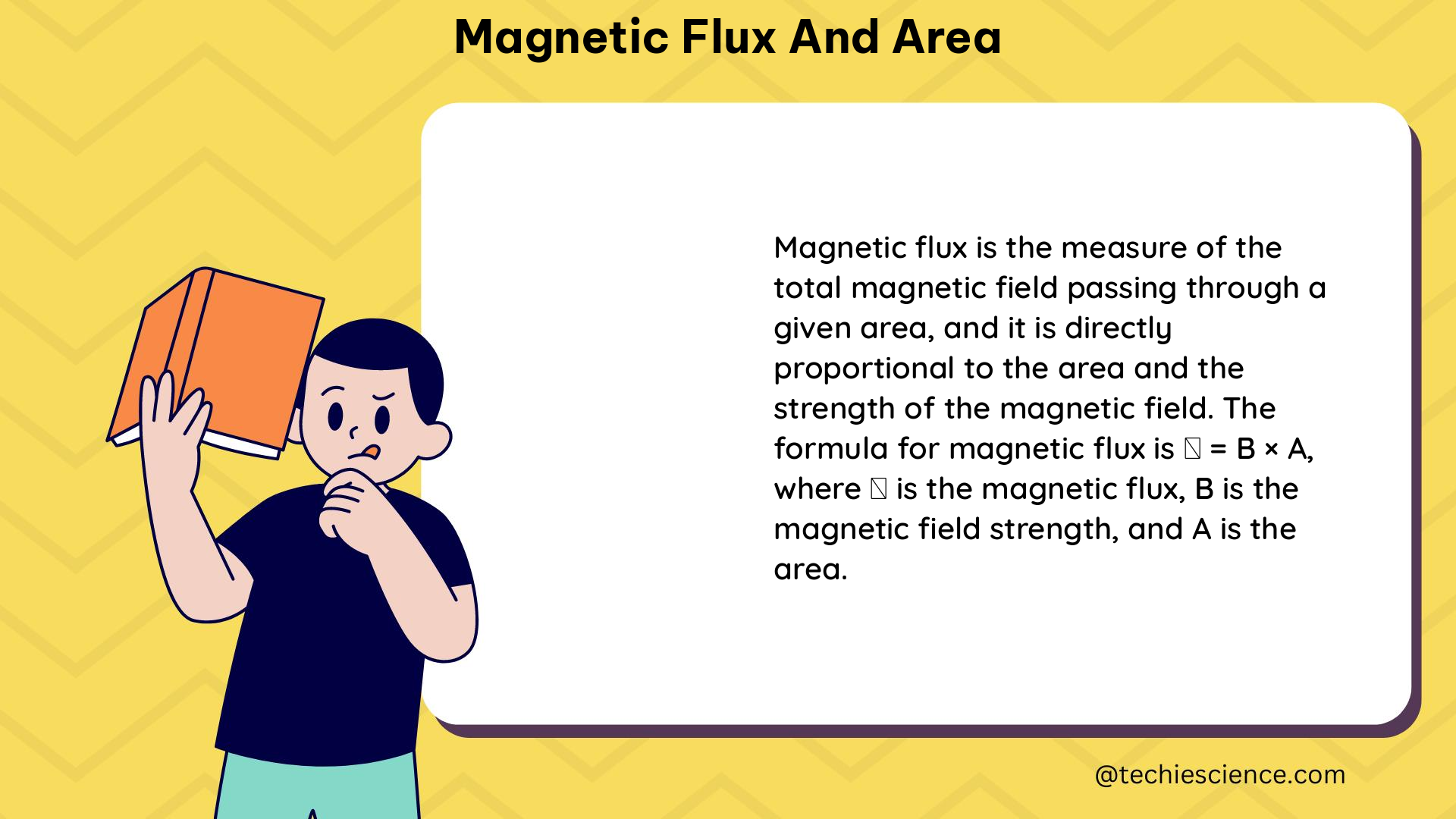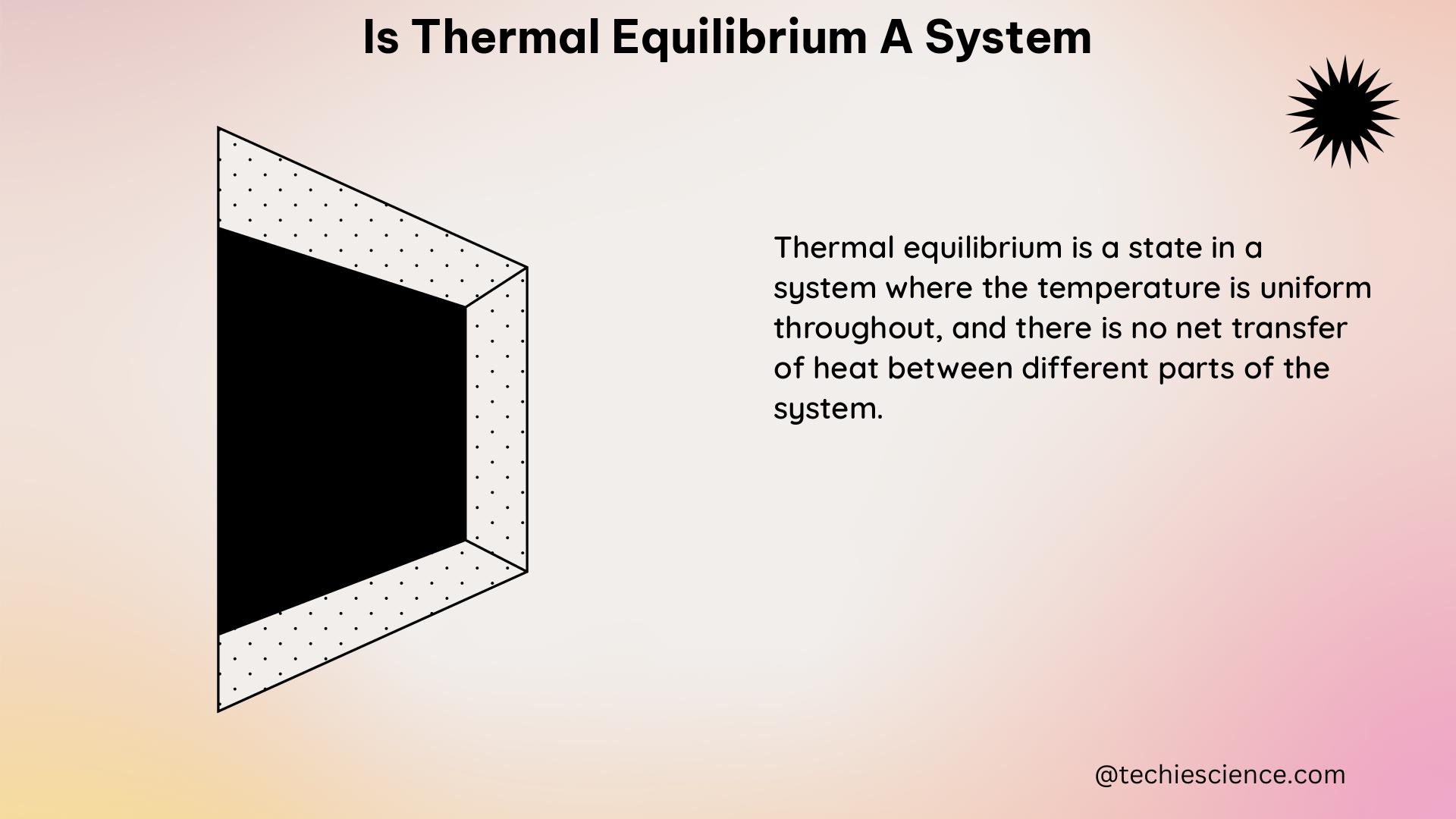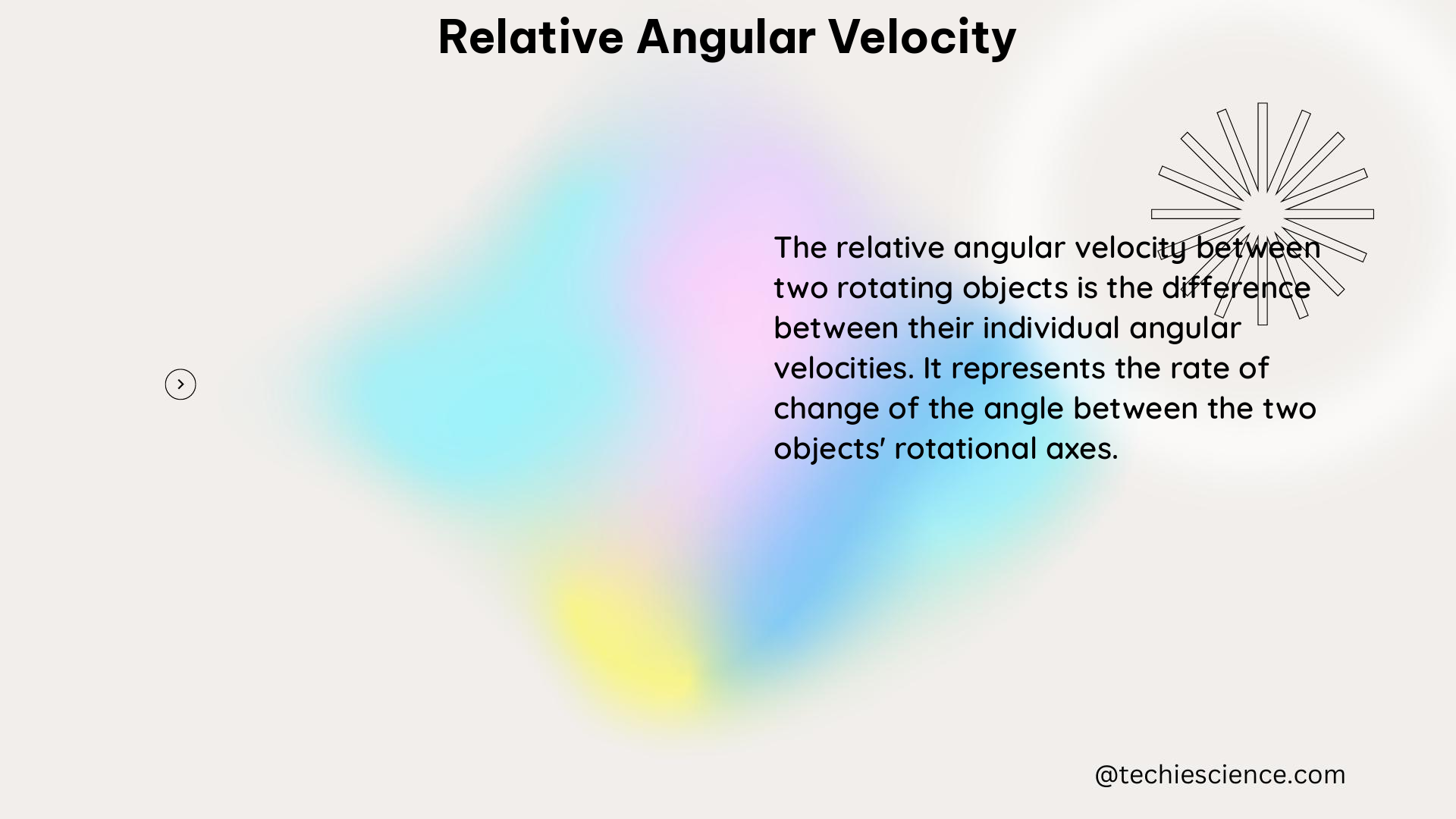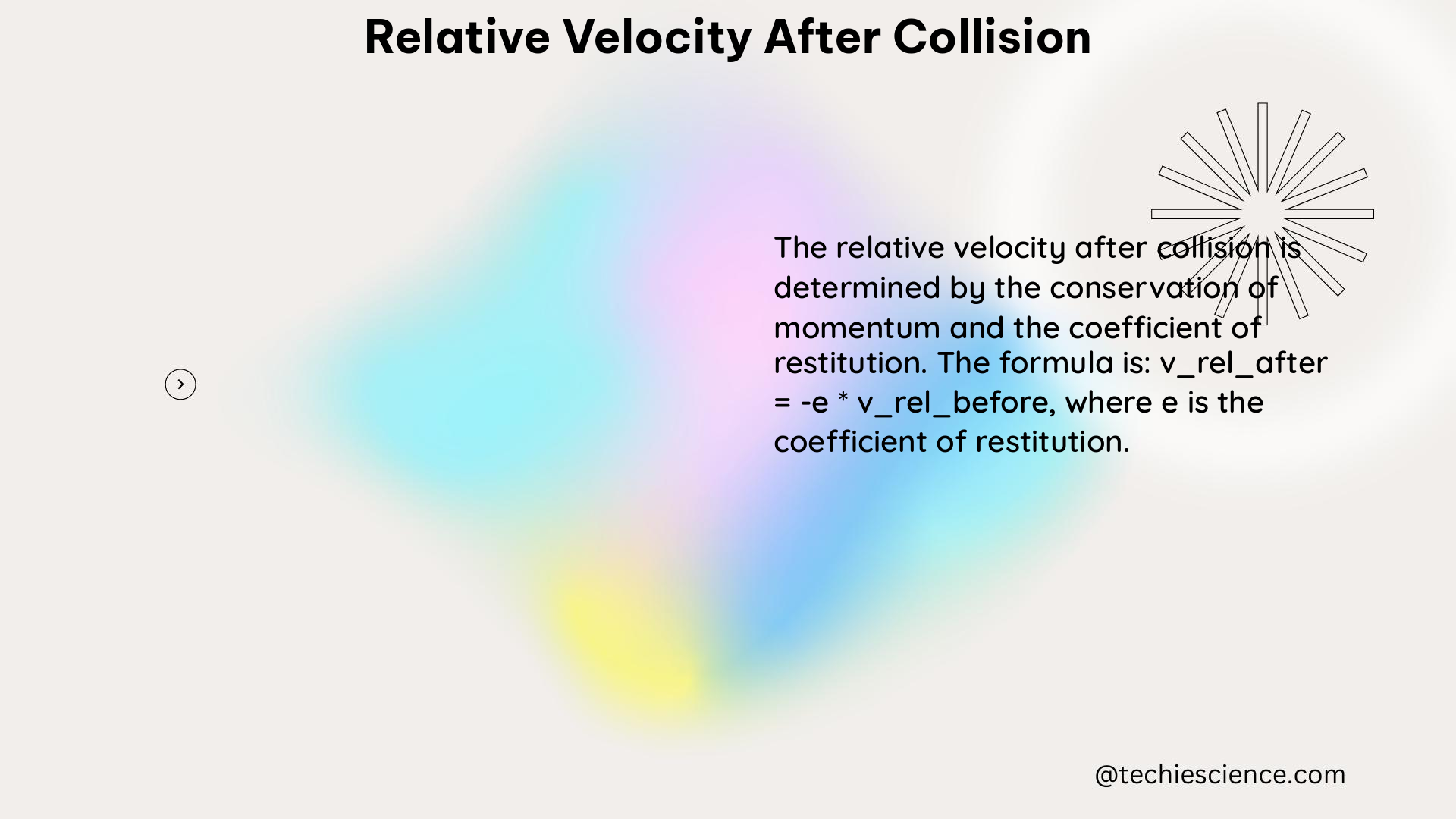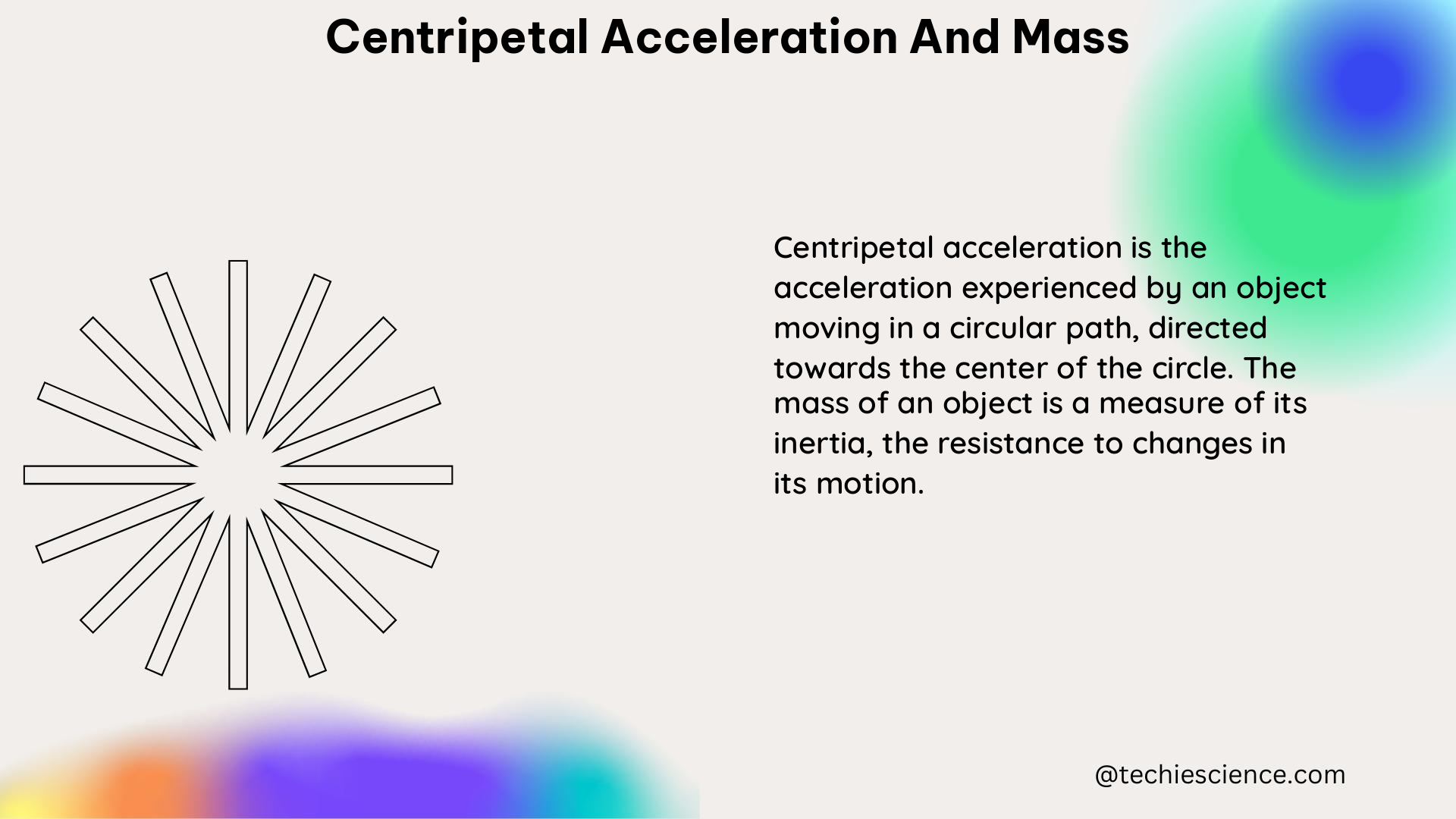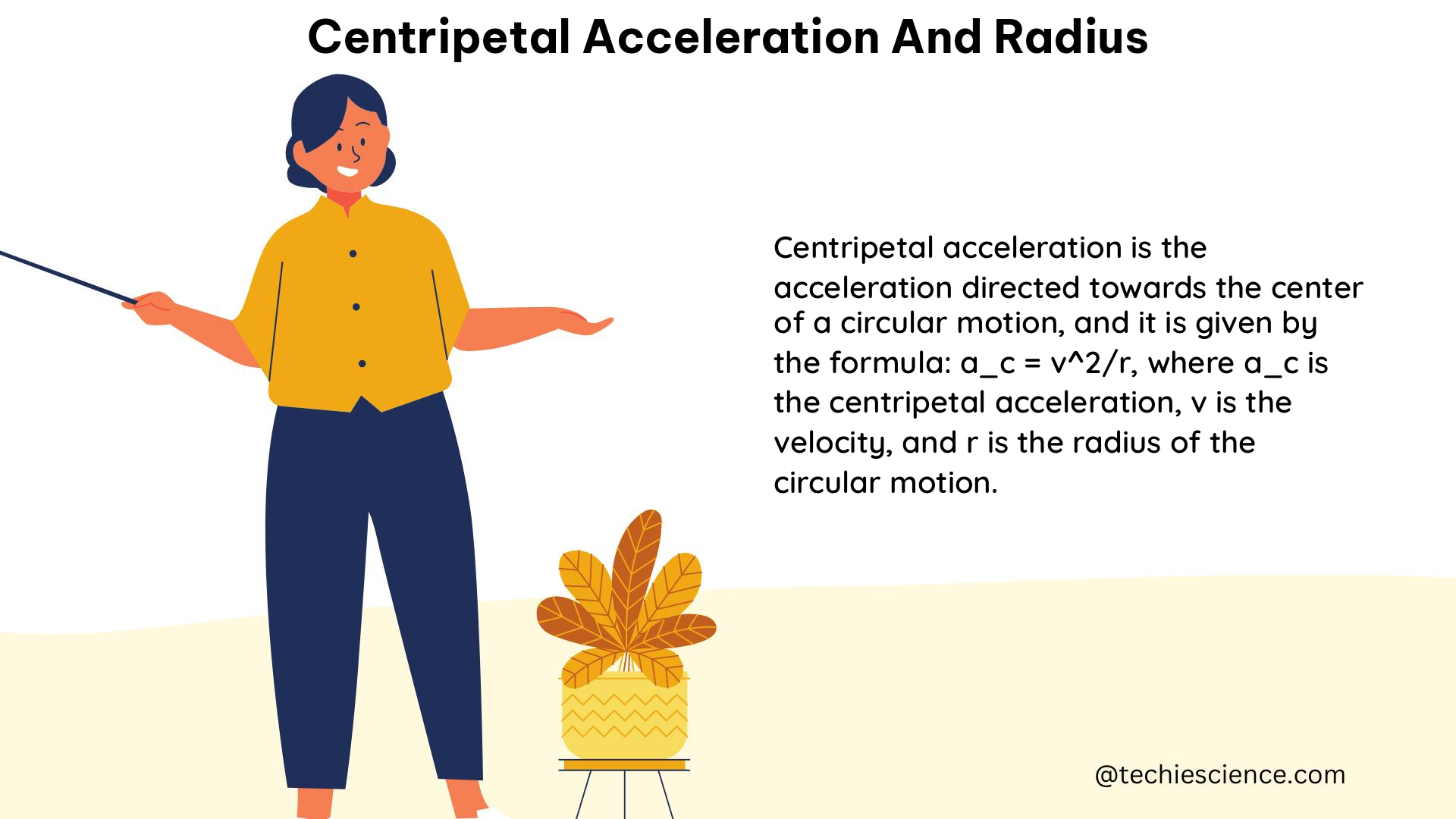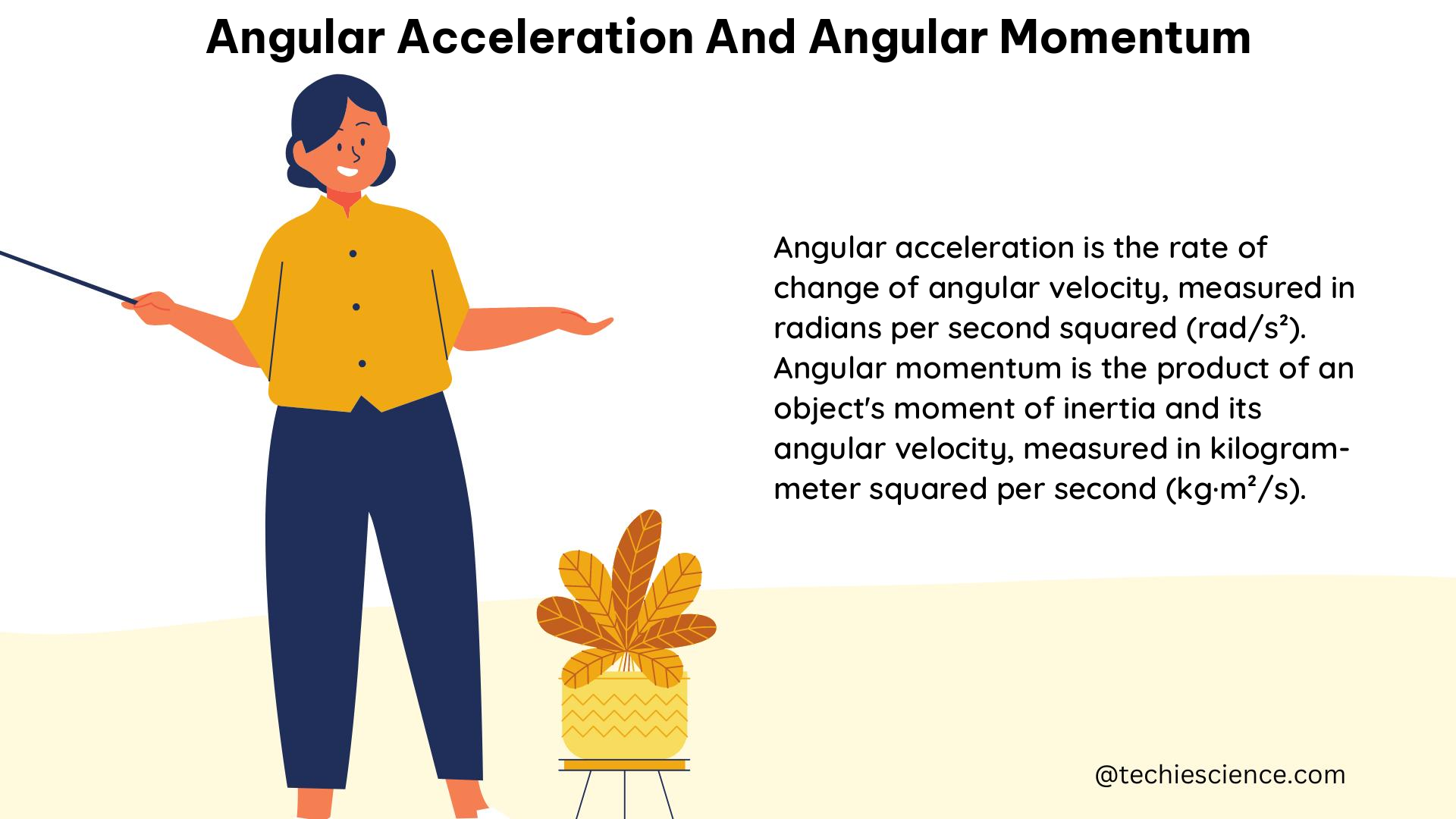Magnetic flux and electric flux are fundamental concepts in the field of electromagnetism, with wide-ranging applications in various areas of physics and engineering. This comprehensive guide aims to provide a detailed and technical understanding of these crucial topics, equipping physics students with the necessary knowledge and tools to excel in their studies and research.
Understanding Magnetic Flux
Magnetic flux (Φ) is the measure of the total magnetic field (B) passing through a given area (A). It is represented by the formula Φ = B * A * cos(θ), where B is the magnetic field strength, A is the area, and θ is the angle between the magnetic field and the normal vector to the area.
Magnetic Flux Formula and Units
The formula for magnetic flux is:
Φ = B * A * cos(θ)
Where:
– Φ is the magnetic flux, measured in webers (Wb)
– B is the magnetic field strength, measured in teslas (T)
– A is the area, measured in square meters (m²)
– θ is the angle between the magnetic field and the normal vector to the area, measured in radians (rad)
The SI unit of magnetic flux is the weber (Wb), which is equivalent to one tesla square meter (T·m²).
Magnetic Flux Density
Magnetic flux density, measured in teslas (T), is used to quantify the strength of a magnetic field. It is essential in designing magnetic sensors, electromagnets, and MRI machines, where precise control and measurement of magnetic fields are necessary.
The formula for magnetic flux density is:
B = Φ / A
Where:
– B is the magnetic flux density, measured in teslas (T)
– Φ is the magnetic flux, measured in webers (Wb)
– A is the area, measured in square meters (m²)
Applications of Magnetic Flux
Magnetic flux plays a crucial role in various applications, including:
- Power generation: Magnetic flux is essential in the operation of generators, transformers, and electric motors, which are the backbone of power generation and distribution systems.
- Electromechanical motion: Magnetic flux is responsible for the force that drives the motion of electric motors, solenoids, and other electromechanical devices.
- Medical imaging: Magnetic flux is the foundation of magnetic resonance imaging (MRI) technology, which is widely used in medical diagnostics and research.
- Structural health monitoring: Magnetic flux can be used to detect and monitor structural defects and changes in materials, making it a valuable tool for non-destructive testing and evaluation.
Understanding Electric Flux
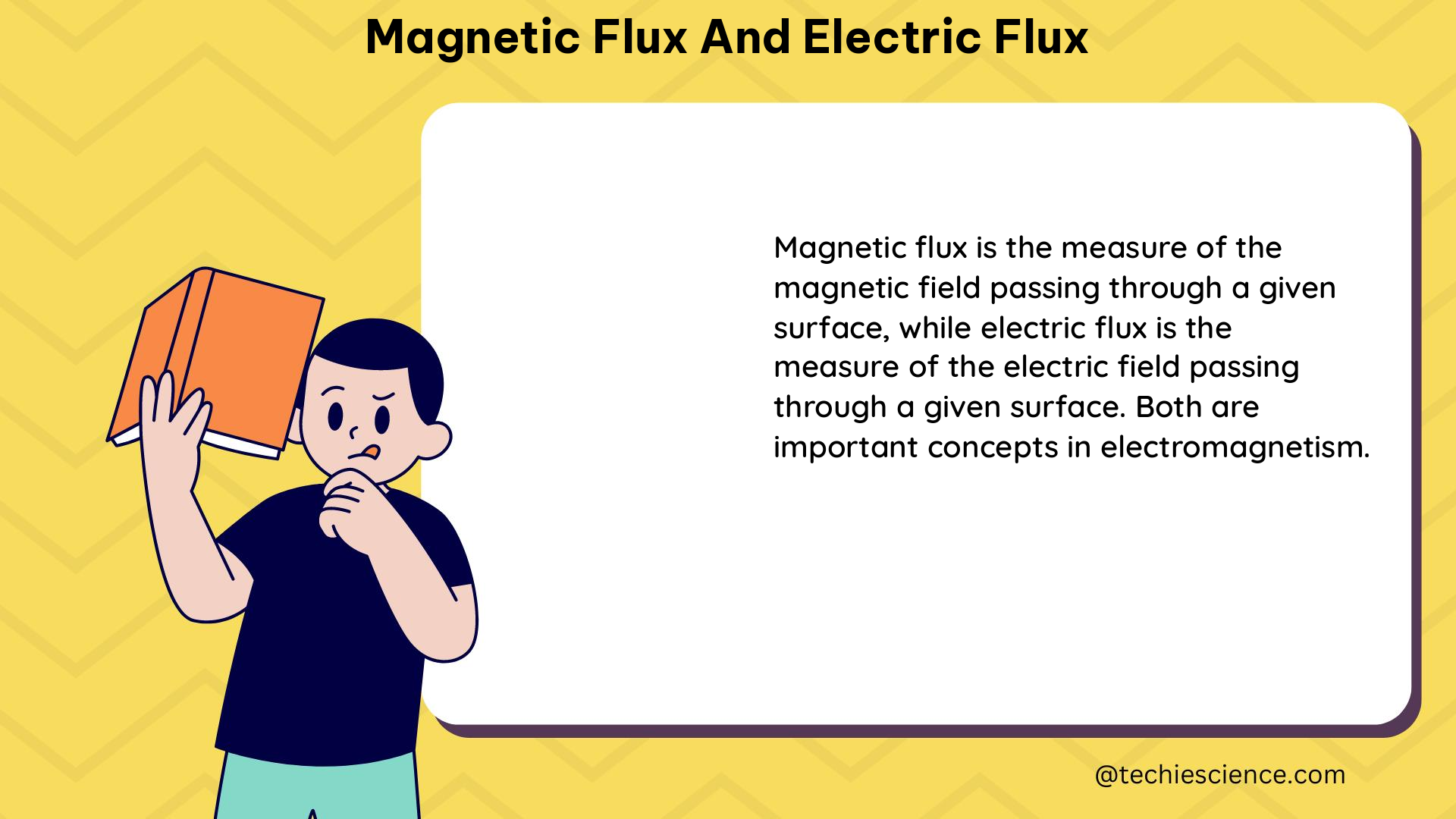
Electric flux is the measure of the total electric field (E) passing through a given area (A). It is represented by the formula ΦE = E * A, where E is the electric field strength and A is the area.
Electric Flux Formula and Units
The formula for electric flux is:
ΦE = E * A
Where:
– ΦE is the electric flux, measured in coulombs per square meter (C/m²)
– E is the electric field strength, measured in volts per meter (V/m)
– A is the area, measured in square meters (m²)
The SI unit of electric flux is the coulomb per square meter (C/m²).
Electric Flux Density
Electric flux density, also known as electric displacement, is the measure of the electric field (E) per unit area (D = εE). It is represented by the formula ΦE = D * A, where D is the electric flux density and A is the area.
The formula for electric flux density is:
D = ΦE / A
Where:
– D is the electric flux density, measured in coulombs per square meter (C/m²)
– ΦE is the electric flux, measured in coulombs per square meter (C/m²)
– A is the area, measured in square meters (m²)
The SI unit of electric flux density is the coulomb per square meter (C/m²).
Applications of Electric Flux
Electric flux is crucial for understanding the behavior of electric fields and their interactions with charges and matter. It has numerous applications, including:
- Capacitors: Electric flux is essential in the design and operation of capacitors, which are widely used in electronic circuits and power systems.
- Dielectrics: Electric flux is used to analyze the behavior of dielectric materials, which are important in the design of various electrical and electronic devices.
- Electromagnetic waves: Electric flux is a fundamental concept in the study of electromagnetic waves, such as those used in radio, television, and wireless communication.
Numerical Examples and Problems
To further solidify the understanding of magnetic flux and electric flux, let’s explore some numerical examples and problems.
Example 1: Calculating Magnetic Flux
Suppose a uniform magnetic field of 2 Tesla (T) is passing through a rectangular area of 0.5 m × 0.8 m, and the angle between the magnetic field and the normal vector to the area is 30 degrees.
Calculate the magnetic flux through the area.
Given:
– Magnetic field strength (B) = 2 T
– Area (A) = 0.5 m × 0.8 m = 0.4 m²
– Angle (θ) = 30 degrees
Using the formula for magnetic flux:
Φ = B * A * cos(θ)
Φ = 2 T * 0.4 m² * cos(30°)
Φ = 0.69 Wb
Therefore, the magnetic flux through the area is 0.69 Wb.
Example 2: Calculating Electric Flux
Consider a uniform electric field of 1000 V/m passing through a circular area with a radius of 0.2 m.
Calculate the electric flux through the area.
Given:
– Electric field strength (E) = 1000 V/m
– Area (A) = π * (0.2 m)² = 0.126 m²
Using the formula for electric flux:
ΦE = E * A
ΦE = 1000 V/m * 0.126 m²
ΦE = 126 C/m²
Therefore, the electric flux through the area is 126 C/m².
Problem 1: Magnetic Flux Density
A solenoid with 500 turns and a cross-sectional area of 0.02 m² carries a current of 5 A. Calculate the magnetic flux density inside the solenoid.
Given:
– Number of turns (N) = 500
– Cross-sectional area (A) = 0.02 m²
– Current (I) = 5 A
Using the formula for magnetic flux density:
B = μ0 * N * I / A
B = 4π × 10^-7 H/m * 500 * 5 A / 0.02 m²
B = 0.157 T
Therefore, the magnetic flux density inside the solenoid is 0.157 T.
Problem 2: Electric Flux Density
A parallel-plate capacitor has a plate area of 0.1 m² and a separation distance of 2 mm. If the capacitor is charged with a total charge of 10 μC, calculate the electric flux density between the plates.
Given:
– Plate area (A) = 0.1 m²
– Separation distance (d) = 2 mm = 0.002 m
– Total charge (Q) = 10 μC = 10 × 10^-6 C
Using the formula for electric flux density:
D = Q / A
D = (10 × 10^-6 C) / (0.1 m²)
D = 0.0001 C/m²
Therefore, the electric flux density between the plates of the capacitor is 0.0001 C/m².
Conclusion
Magnetic flux and electric flux are fundamental concepts in the field of electromagnetism, with wide-ranging applications in various areas of physics and engineering. This comprehensive guide has provided a detailed and technical understanding of these crucial topics, equipping physics students with the necessary knowledge and tools to excel in their studies and research.
